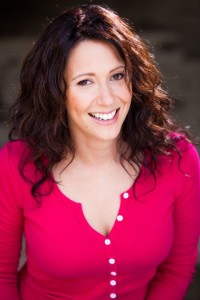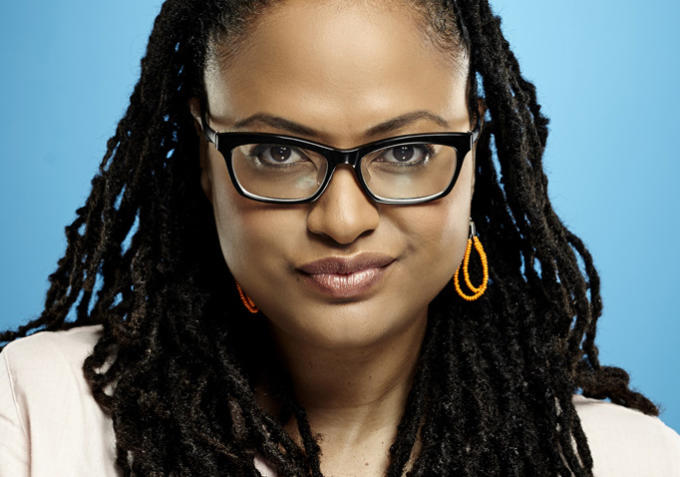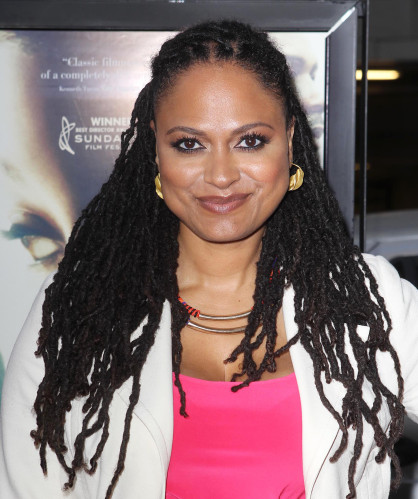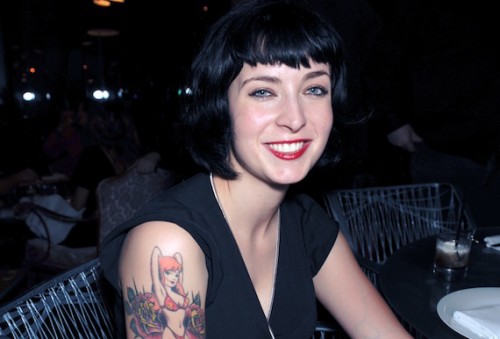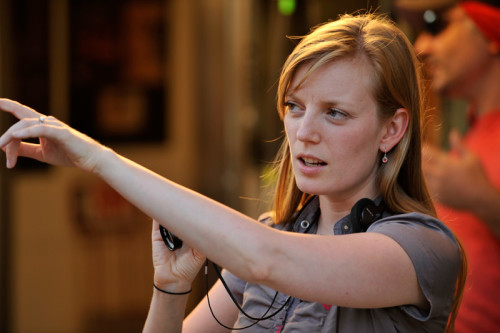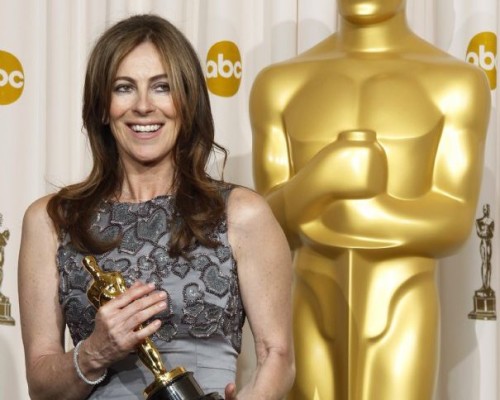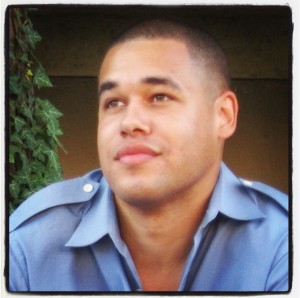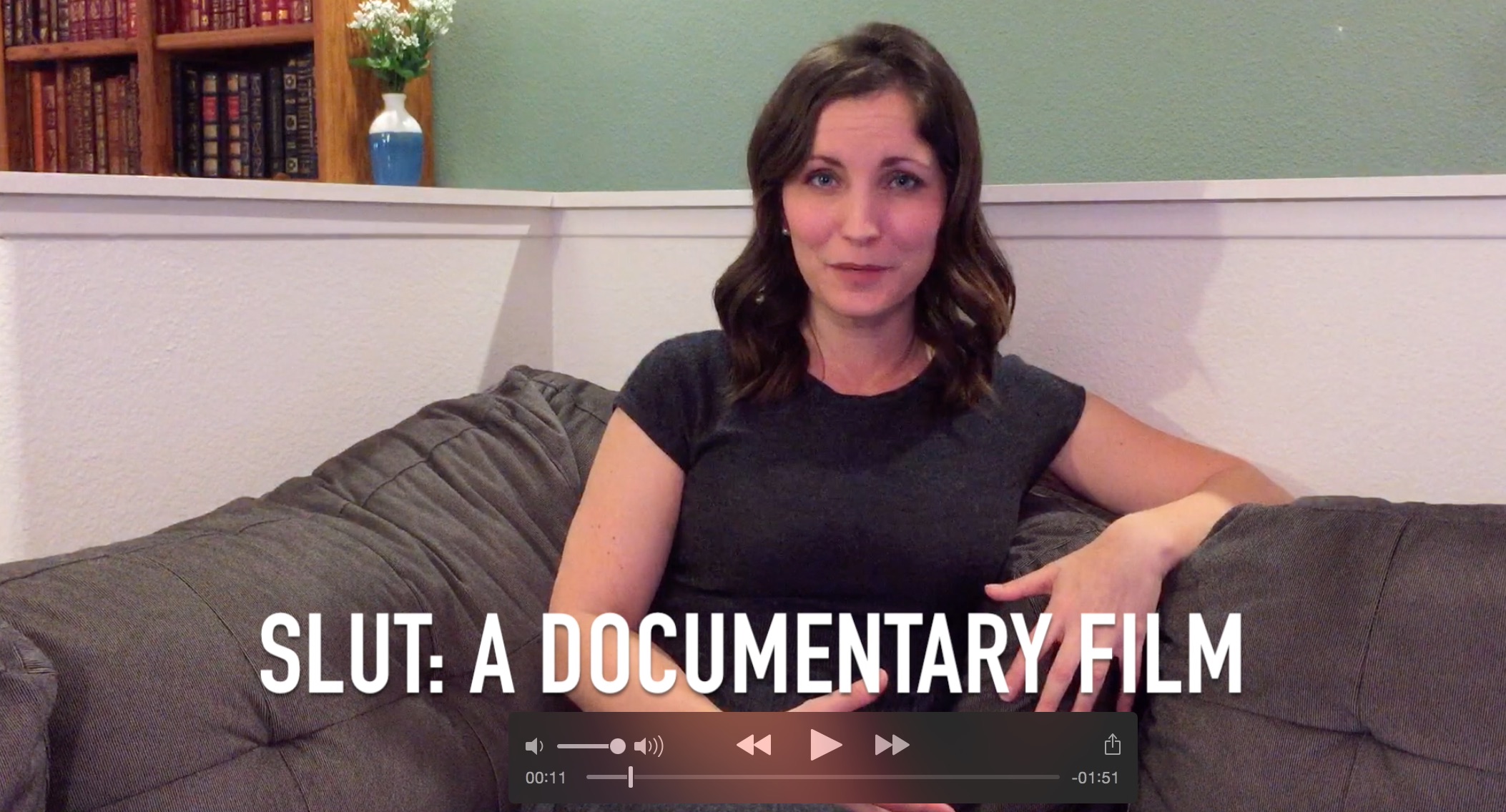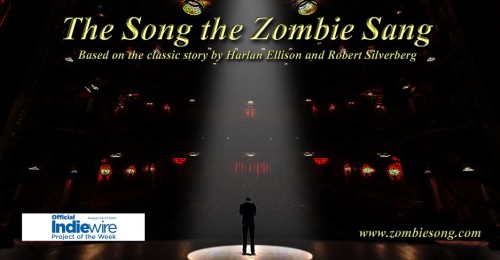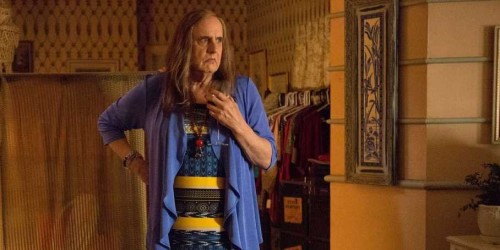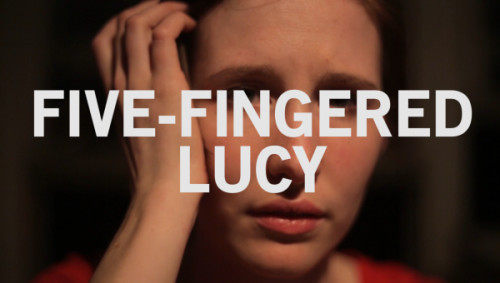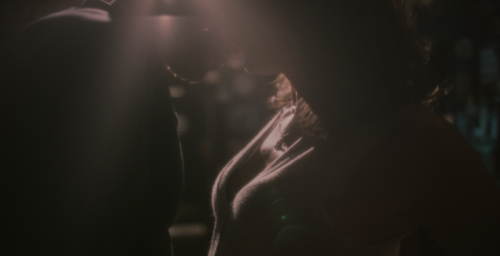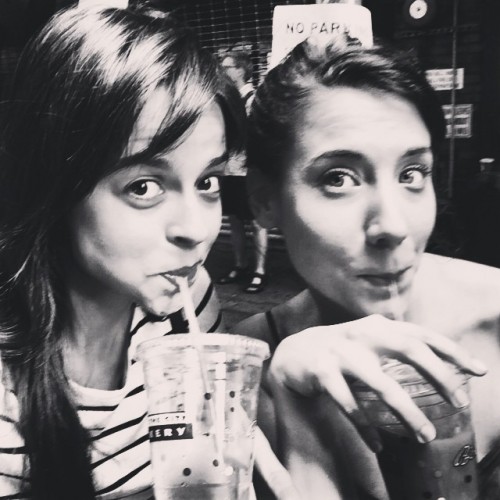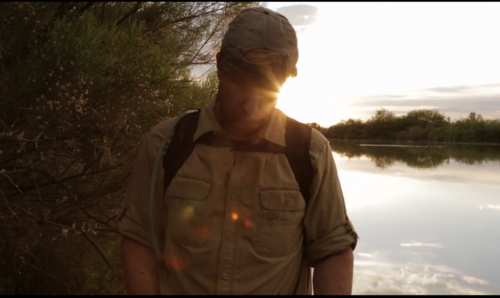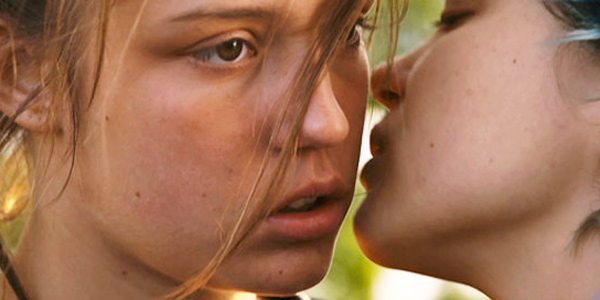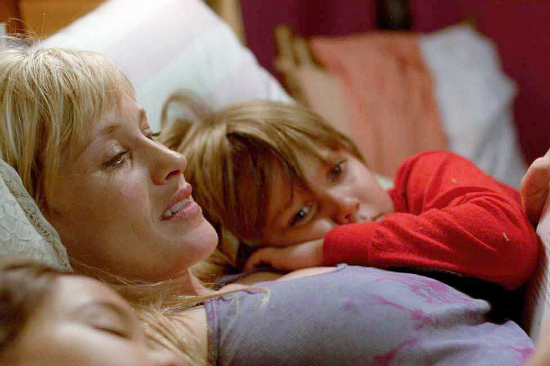This is a guest post by Kimberly Dilts.
As I write this, I’m approaching the mid-point of a crowdfunding campaign for my second film. It’s going slower than the first, and I’ve got the stomach pain and canker sores to prove it (thanks for talking about yours, Tina Fey. It makes me feel slightly less gross about mine). And I’m fearful. I have also had, at one time or another, the following thoughts on the making of this film:
You’re being selfish. Self indulgent. No one will like it. There’s a REASON you’re still scratching to get by. You’re just not good enough. Or pretty enough. Or talented enough. Did we mention that thing about your thighs being too fat? No one will back this project. And you’ll look like an idiot. With fat thighs. And you’ll never work again.
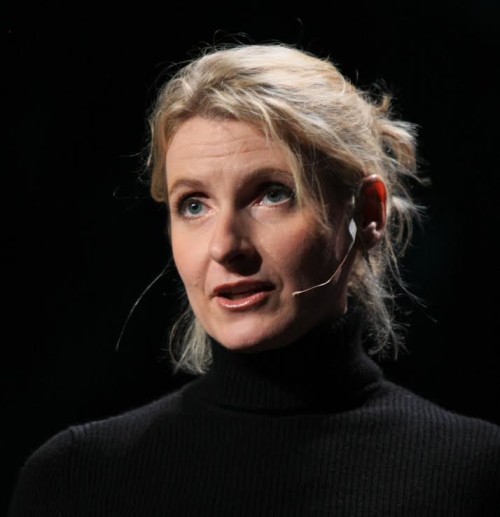
Ok, enough, you get the idea. It sucks. Our fear fucking SUCKS. It masks itself as something helpful—something that will keep us safe and warm and wound-free. It wants us to not rock the boat. To be comfortable. To stay where we are. But not for a SECOND are we actually safe, comfortable or wound-free when we listen to our fear. And you know what? As Elizabeth Gilbert said in her extraordinary essay, our fear is boring.
So you know what? I don’t give a FUCK. I’m running toward my fear.
What brought me to this radical place?
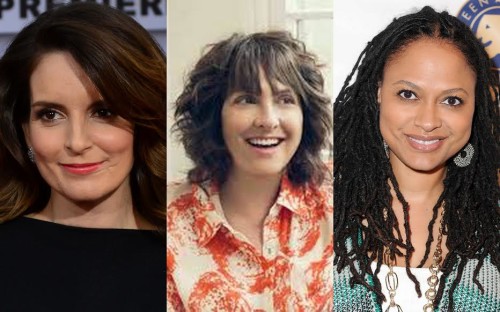
1) Exhaustion. Because Hollywood Lady Statistics. Because I just can’t even.
2) Understanding that I’m not alone. There are women in every corner of this industry running toward their fear every day, and I found some of them. And like the badass tribe that they are, they showed me my own ferocity.
3) Knowing in my bones that I want to be part of the changing of the guard in Hollywood. Straight white men have written and directed many—most—of my favorite films. That’s the history of who has gotten to speak, and I’d like to be part of the writing of the future where we ALL get to.
4) Understanding that I DESERVE a place at the table, but that I have to fight for it. No one is going to hand it to me, as much as this straight-A student wants that validation so very badly.
And most importantly,
5) The concept of “Why not?” as my husband said, when I asked him for the hundredth time if he really really thought we should dive in to making another film. I came to realize that fear was quite literally the ONLY thing holding me back. And I am not a chickenshit. I am happy to be looked upon as crazy, foolish, and ridiculous, but not as fertilizer.
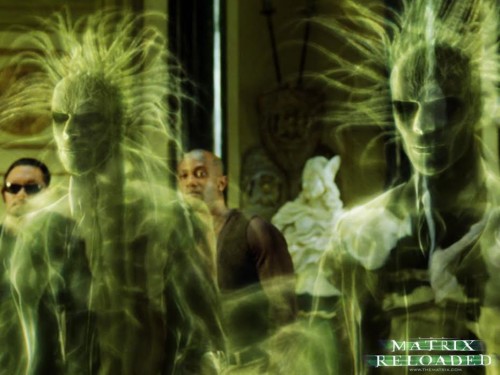
For better or worse, I’ve done most of my learning as a human being in uncomfortable circumstances—and I’d venture a guess that you have too. So, if we want change, both within ourselves and within our industry, we have to be willing to get uncomfortable—to expand so much that the fear can just float right through us, like those blonde dreadlocked twins in the second Matrix movie (sorry, that’s the image that came to mind–feel free to substitute… Judi Dench in the Pitch Black sequel? The ghost train through Winston in GB2? Beans through your intestinal tract? …I may not be helping).
The film that I’m funding is about artists, and I’m finding that it is NOT going to be for everyone. It pushes some buttons, both for artists themselves and, I suspect, for the cultural critics who look at young artists with both the disdain and envy (judgment?) of age. It’s a comedy, which is certainly a matter of taste, and it touches on, among other things, women who choose to remain childless, global warming, eating disorders, and the collapse of the creative class. My husband had someone tell him to his face that he won’t see it because he’s “living it, why would I want to see it?” Didn’t matter when he explained it was a comedy. Dude wasn’t into it.

But you know what? Fuck it. Uncomfortable circumstances: I’m running at you, too.
Last week, the Executive Producer of one of our projects had me and my husband over for lunch. A recent cancer survivor, this woman had just left behind an impressive career as a fashion executive to pursue a passion project (a film we’re working on together), and to take on an entirely new career. She told us she’d never really thought about her retirement portfolio because it was scary—money brought up fear for her. And when cancer and a stroke temporarily slowed her down, she took stock of her situation and realized she was no longer passionate about her work, and that her retirement fund could have done so much better if she had just learned a little bit about how it all works when she was younger… So now she’s training, in her 60s, for a new career advising young women on how to invest wisely. She’s not running toward what she fears, she is sprinting at it, grinning like a puppy, ready to pounce on it and chew-love it to PIECES. It’s an incredible sight to behold.
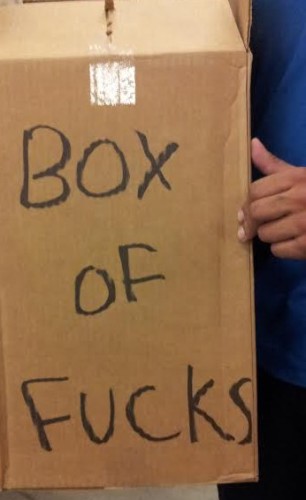
So right now, when I’m scared, I think of her. I think of my mother who raised three children while working two jobs. I think of all the other women fighting the good fight in this industry—and of the women around the world living in desperate situations, denied the most basic of human rights. I think of my marvelously supportive husband, and of the million good things that are easy and good and delicious in this life, and I just have no more room for–not a single f#ck to give about–my fear.
Kimberly Dilts is a Los Angeles-based writer/producer/performer currently crowdfunding her second feature film, Auld Lang Syne, on Seed&Spark. The film is being written, directed, shot, and produced by women. She has worked off-broadway, at a hedge fund, in Haiti, and in TV and film, sometimes at the same time. Special skills include dreaming, playing the fool, and passing the Bechdel Test.

